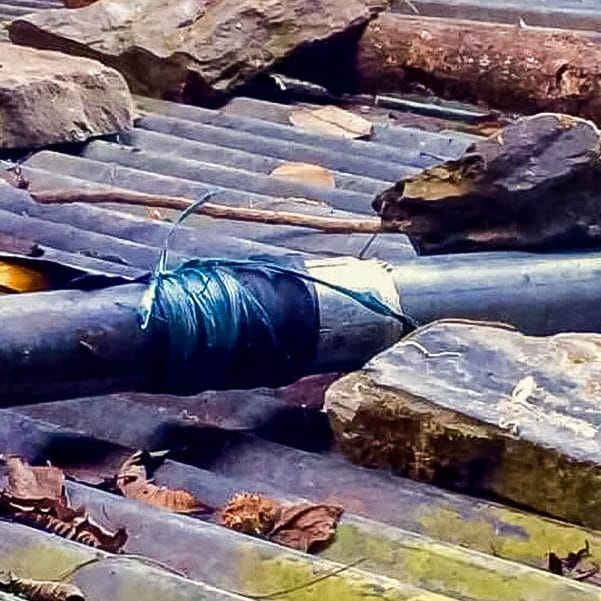How not to build a water system: The UN’s failure in development engineering in Nepal
🔗 [SYSTEM UPDATE] Link found. Timestamp incremented on 2025-11-26 13:55:13. A decade after the UN installed a much-needed clean water delivery system in a small village in Nepal, what's left is a badly damaged and expensive problem. Mojo Correspondent CORINNA LAGERBERG reports.


By CORINNA LAGERBERG
As the popular idiom goes: if you spend money like water, you will always be broke.
For a group of Australian engineering students visiting Nepal, these words have taken on a new meaning.
While undertaking a humanitarian design summit in the Nepalese village of Chiruwa last month, located 200km west of Kathmandu, the students discovered a severely damaged water delivery system that had been installed by the United Nations Development Programme more than a decade ago.
The system was leaking more than 10,000 litres of clean drinking water every day and was costing villagers more than 20 per cent of their monthly income to run.
• Read more international journalism stories by Monash
students at Mojo Correspondent
Civil engineering student from the University of New South Wales, Adrian Dei Agnoli, 22, said the damaged system was severely inhibiting people’s access to affordable and clean water.
“After seeing the system being utilised by the village, it was clear that a substantial amount of water was being lost due to leaks in the pipes and valves,” Mr Dei Agnoli said.

“The inefficient means of pumping water to the storage tank used for the community was also resulting in unnecessarily high electricity costs for people living in the village.”
In order for the water tank system to run, community elders must collect 27,100 rupees ($350 AUD) per month from local villagers.
However, more than 70 per cent of this money is being used to pay electricity costs, caused by poor maintenance of the system.
Village elder Sree Prasad said the costs were continually rising.
“We used to pump water once every two days and that would be enough to fill a full tank, but, due to general wearing down of the system, we must now pump the water every day,” he said.
“People are paying twice as much as they used to … some cannot afford this and it makes it very difficult to collect enough money to run the system and for everyone to have clean drinking water.”
Mojo Correspondent contacted the UNDP for comment regarding maintenance and repair of this particular system, but the organisation declined to be interviewed.

Australian engineer and design summit facilitator Nicholas Freehand said he believed when the system was first installed, the UNDP forgot one element that was crucial to the effective running of the system: local education.
“My understanding from talking to the man that runs the pump is that very little information about maintenance was left,” Mr Freeland said.
“The [Australian] students’ recommendations, education about maintenance, is the kind of thing that will go a long way.”
The ineffectual installation and maintenance of water, sanitation and hygiene systems in developing countries is a common problem, Mr Freeland said.
“Large charities and government aid tend to raise and donate funds for a given project, but regular contributions of money for maintenance are not common, nor is regular checking in throughout the life-span of the infrastructure,” he said.
“Ensuring adequate training is provided to the community on long-term maintenance of infrastructure is essential too, and should be given a much higher priority than is currently the case.”
Sree Prasad interview conducted via a Nepali/English translator.





